Feeding is the single largest cost in cattle farming, accounting for up to 70% of total expenses. Proper nutrition ensures high milk yield, good reproduction, healthy growth, and disease resistance. Farmers must adopt balanced feeding practices to achieve profitability in dairy and draught cattle farming.
Types of Feed for Cattle
- Green Fodder – Napier grass, maize, sorghum, berseem, and hybrid varieties provide proteins and vitamins.
- Dry Fodder – Wheat straw, rice straw, and hay help in digestion and act as roughage.
- Concentrates – A mix of maize, oil cakes, wheat bran, and mineral mixture boosts milk yield.
- Supplements – Mineral blocks, salt licks, and vitamin mixes strengthen immunity and productivity.
Feeding Schedule
- Calves (0–6 months): Mother’s milk for at least 3 months + calf starter feed after 15 days.
- Heifers (6–24 months): Balanced ration with green fodder, dry fodder, and protein supplements.
- Lactating Cows: Require 1 kg concentrate for every 2.5 liters of milk yield.
- Draught Cattle: High-energy feed before and during working season.
Best Practices
- Provide clean water at all times.
- Grow your own green fodder to reduce costs.
- Use chaff cutters to improve fodder digestibility.
- Adopt silage making to store surplus green fodder.
- Regular deworming improves feed efficiency.
Conclusion
Feeding cattle scientifically is the backbone of dairy farming success. By growing fodder, using balanced concentrates, and ensuring proper nutrition, farmers can increase milk yield, reduce costs, and achieve long-term sustainability.

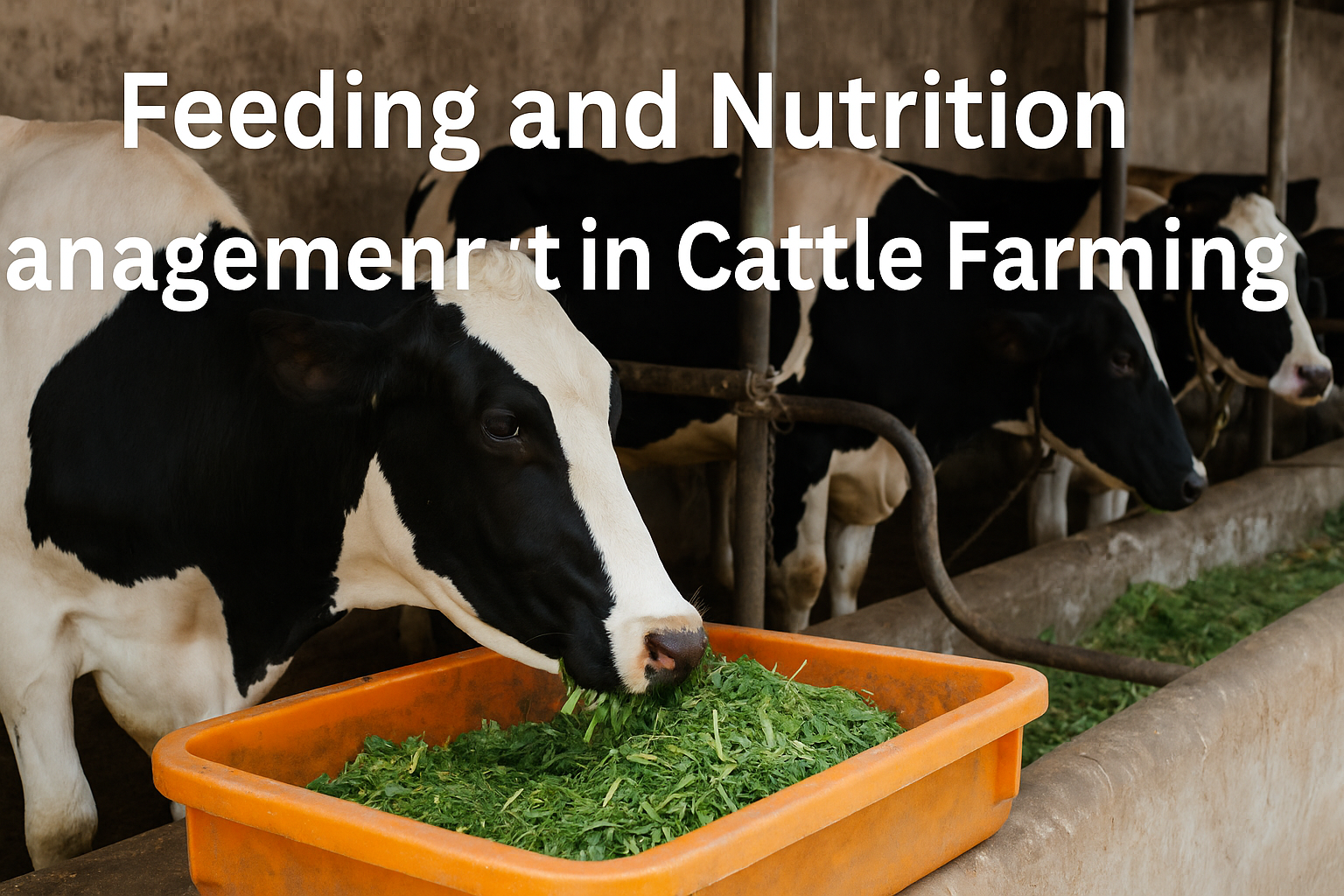
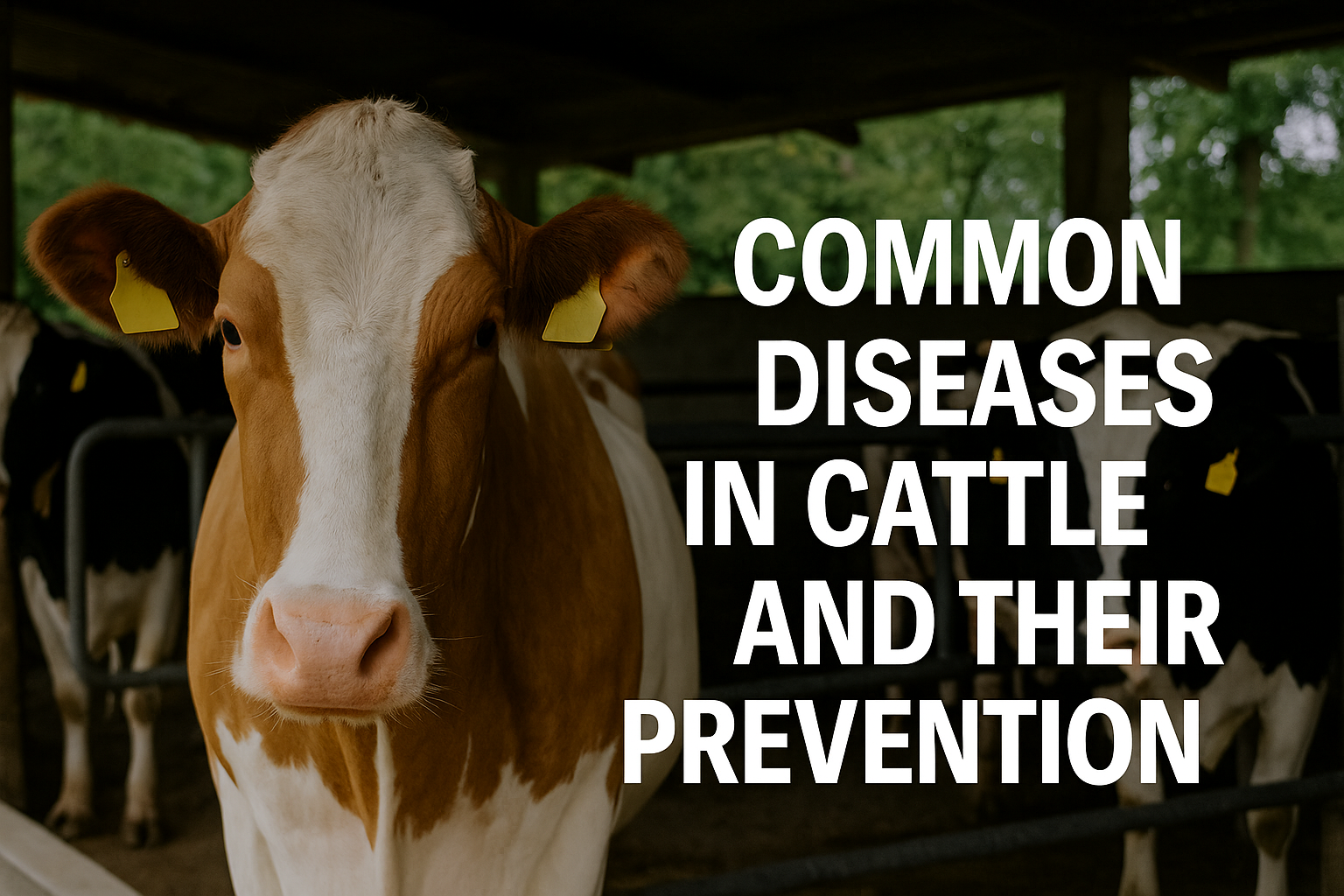
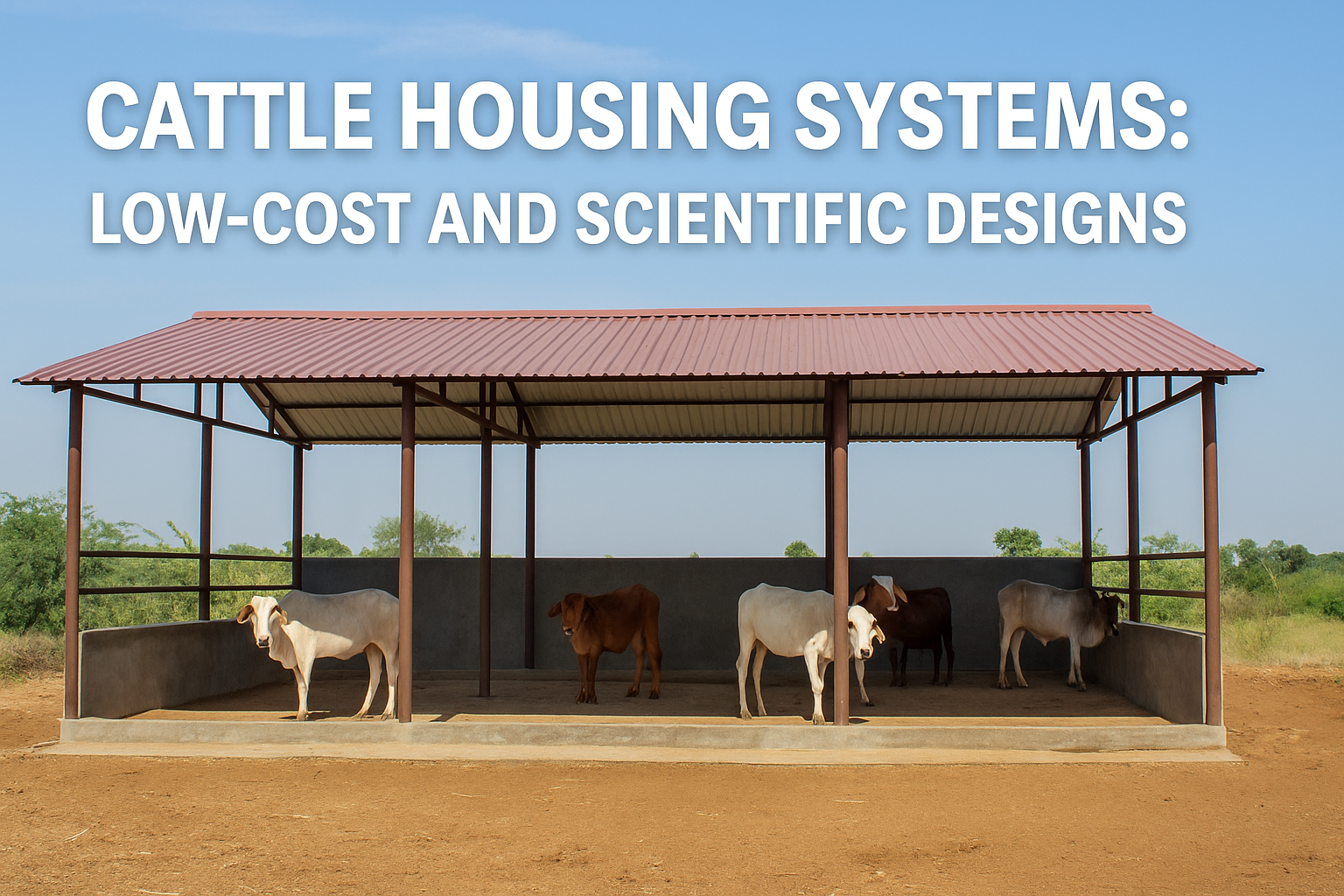


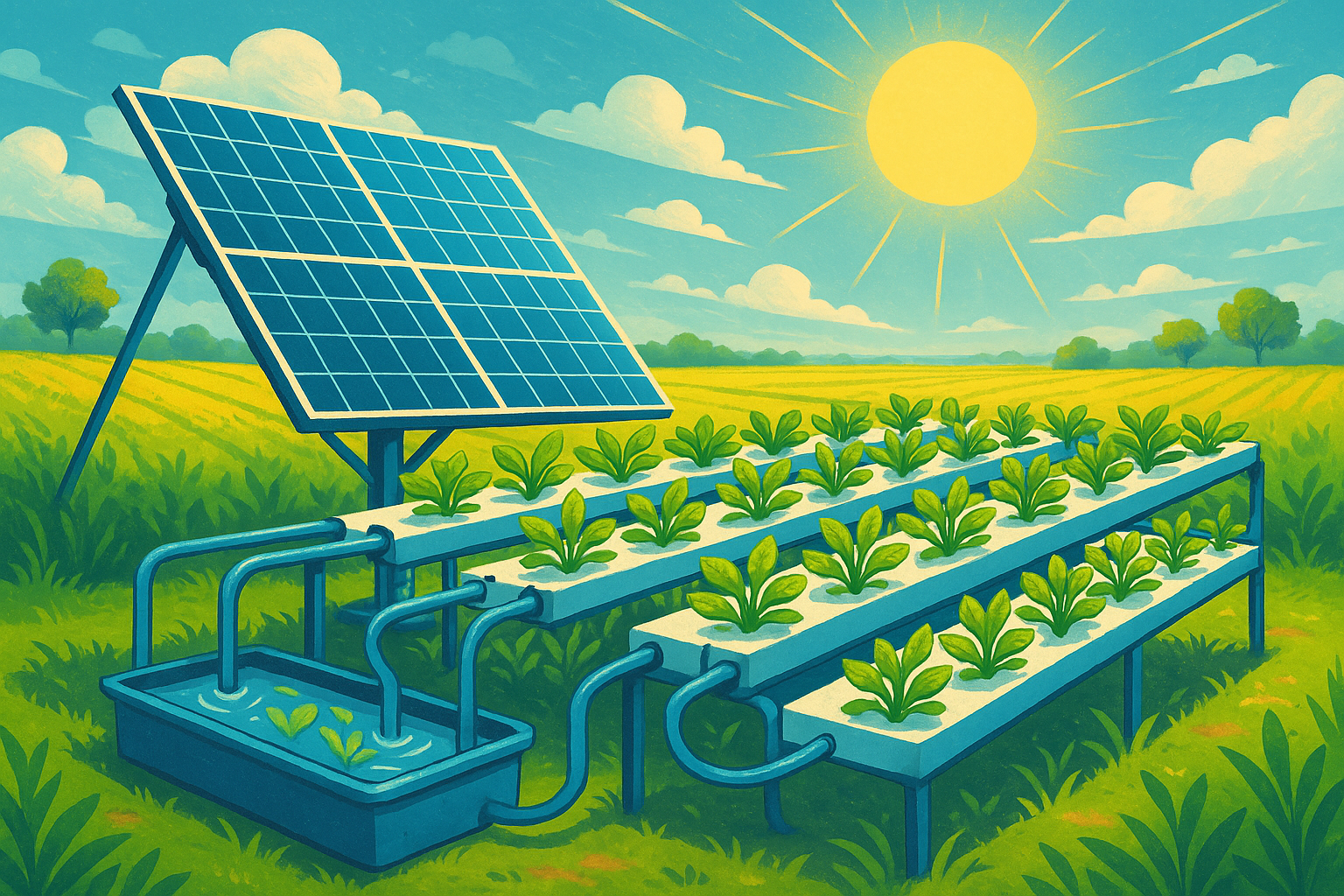
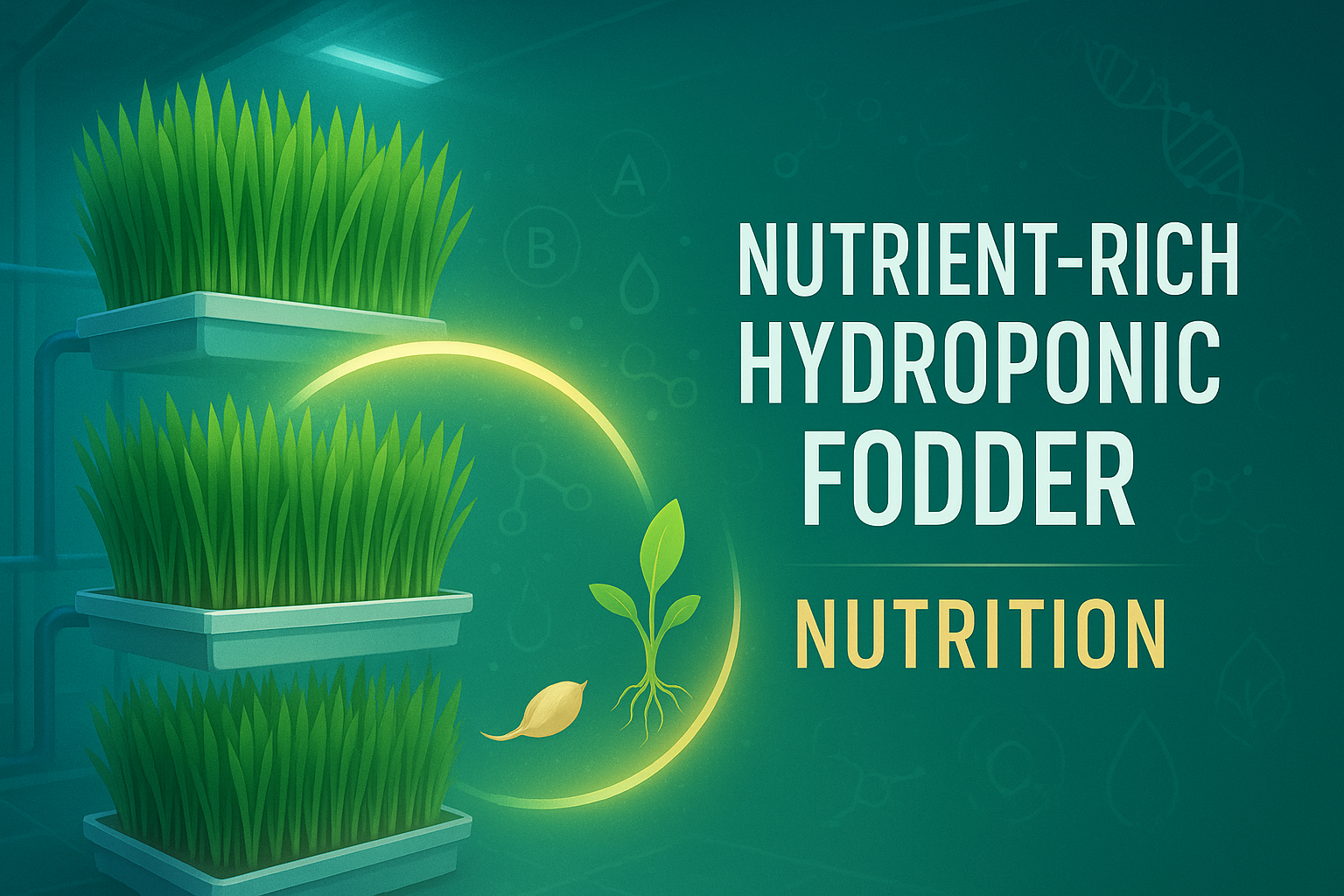

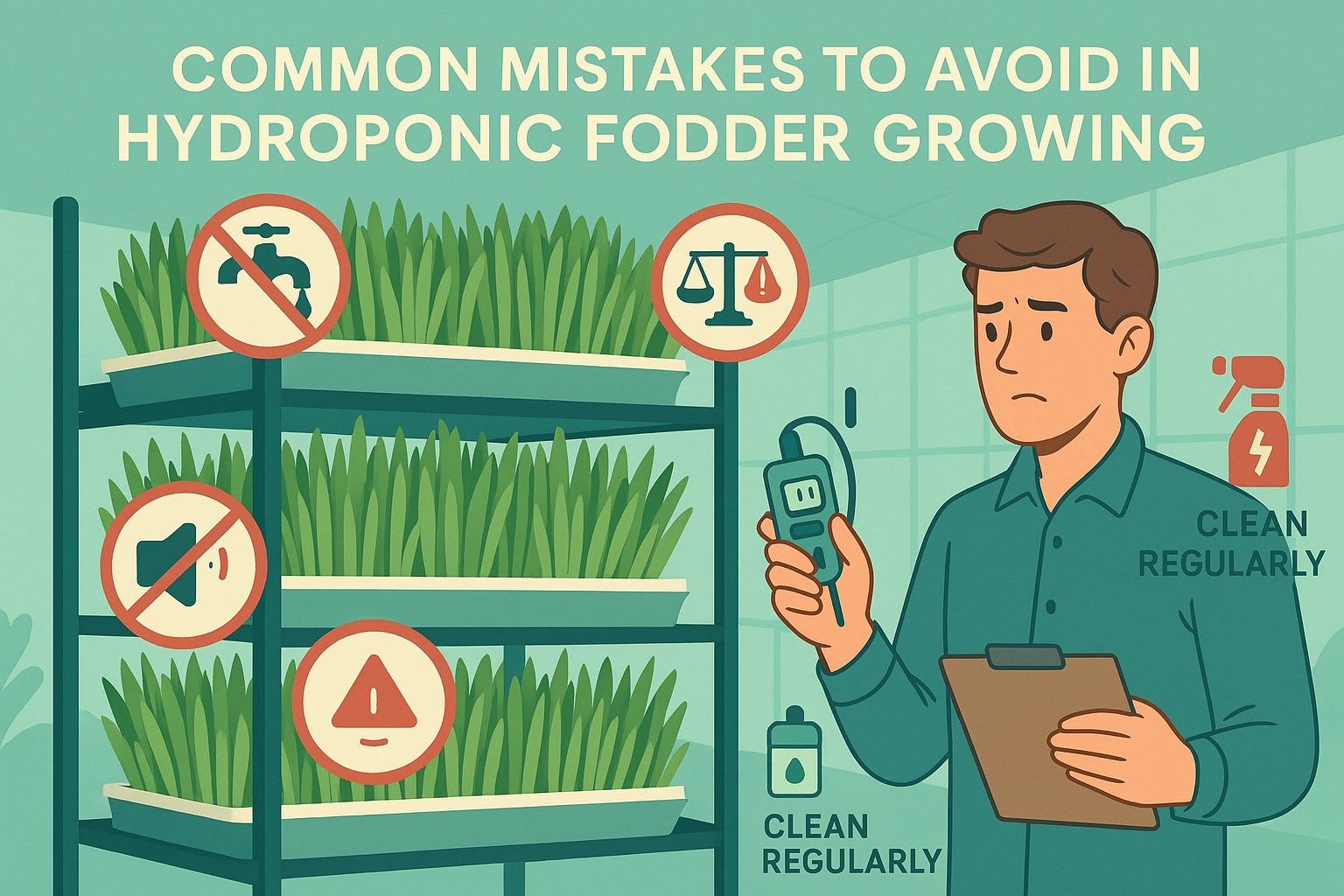
Leave a Reply